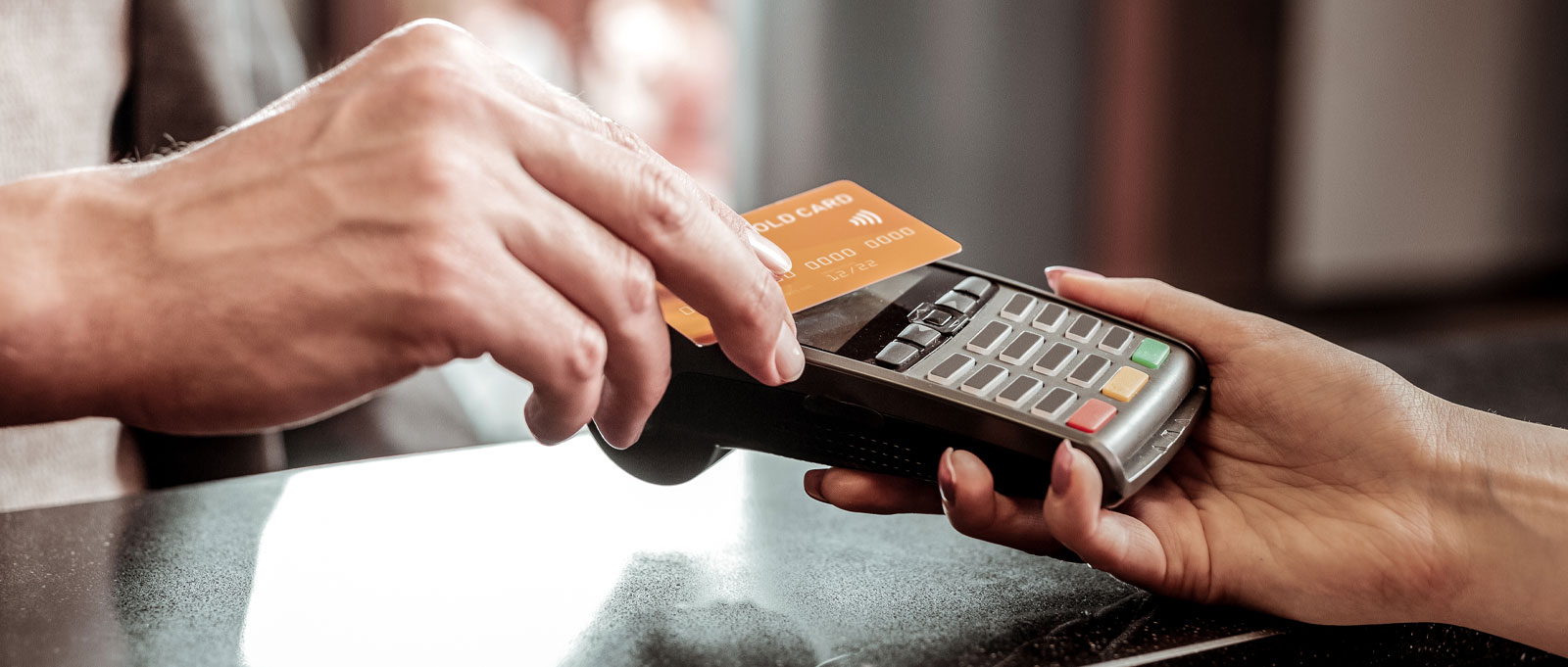
This is a Sponsored Article by Merchant Advocate
COVID 19 has affected our lives in myriad ways. One way that directly impacts your practice and patients is the way in which you collect payments. People have become more aware and concerned about exposure to publicly shared surfaces like credit card terminals. This has led to increased interest in contactless payments. The primary purpose of utilizing this payment method in your practice is to put your patients' minds at ease by limiting their potential exposure to germs and viruses. There is the added benefit to your team in not having to handle the credit cards as well.
From a broad perspective, there two general categories of contactless payments:
- Card Present Transactions
- Card Not Present (CNP) Transactions
In a Card Present environment, like a dental office, an NFC (Near Field Communication) capable terminal is required to process contactless payments. NFC enabled credit cards will display the NFC logo which looks like the WiFi symbol on its side.
When the form of payment is requested, all the patient has to do is hold their card near the terminal and the transaction will process. NFC cards are not universal at this point but you will continue to see more in the marketplace over time.
Another form of a Card Present NFC/Contactless Payment allows one to load their credit card information into their smartphone. Three examples of this are ApplePay, GooglePay, and SamsungPay. When the form of payment is requested, your patients simply need to hold their phones near the card reader for the transaction to process.
Card Not Present (CNP) transactions are contactless by design. These types of transactions are performed when a patient provides their credit card number over the phone, when they pay you online, or via text to pay.
- Payments over the phone - When a patient calls the office to provide their card number over the phone, one of your team members manually enters it into the credit card terminal or via an online virtual terminal if your processor has that capability. Many virtual terminals, also known as payment gateways, allow you to safely store the credit card information in an encrypted format. These card numbers can be used for future payments with your patients’ authorization thereby reducing the need for handling the card payment in the office.
- Online payments via a Hosted Payment Page - Another method of Card Not Present (CNP) transactions allows your patients to pay you online by clicking on a link to a secure hosted payment page. Many practices utilizing this feature are choosing to send their patients this link in an email before or after their appointments so payments are not handled in the office. Another feature of a hosted payment page enables you to put a PayNow button on your website. Providing this payment option to your patients can drastically reduce your accounts receivable as well as the time and labor required to collect outstanding balances.
- Text to Pay - The last form of Card Not Present transaction enables your team members to send a text to a patient with a link to a payment page. Please note that the processing rates for “text to pay” services are high. It is important that you understand the financial impact upon your practice's bottom line using this type of payment method.
IMPORTANT NOTE: Due to fraud within the credit card processing industry being higher with Card Not Present (CNP) transactions, these can cost .30% to 1.00% more than card-present transactions for the same card. That equates to $300 to $1,000 more per every $100,000 you process if you choose to utilize these CNP methods. The key to minimizing these higher fees is to make sure you are on the proper type of pricing program as well as entering in the proper billing information when requested.
This is going to be even more important later in the year or early 2021 when a procedural surcharge rate will be raised by 0.85%! This was scheduled to go into effect in April 2020 but was postponed due to the COVID 19 situation. We predict this procedural surcharge increase will cost merchants across America tens of millions of dollars in unnecessary fees in the coming years.
This has been a brief overview of contactless payments. If you would like to learn more, please feel free to reach out to me or Cheryl Dunham at 206-963-2260 or [email protected].
Howard Goldstein
Regional Director
Merchant Advocate
206-387-0189
[email protected]
Howard Goldstein has over 29 years of entrepreneurial experience and has spent the last 13 years of his career in the payment card industry. He has provided consulting services in many areas including contract negotiations, expense reduction, PCI compliance as well as software and equipment integration. Howard loves helping business owners and non-profit organizations improve their bottom lines and has been a Regional Director for Merchant Advocate since January 2013. He currently lives in Seattle, WA, enjoys traveling and is an avid photographer.
This article was sponsored by Merchant Advocate. The opinions expressed are those of the author and do not necessarily reflect the official policy or position of DOCS Education. If you have any questions or concerns, please direct them to Merchant Advocate.




